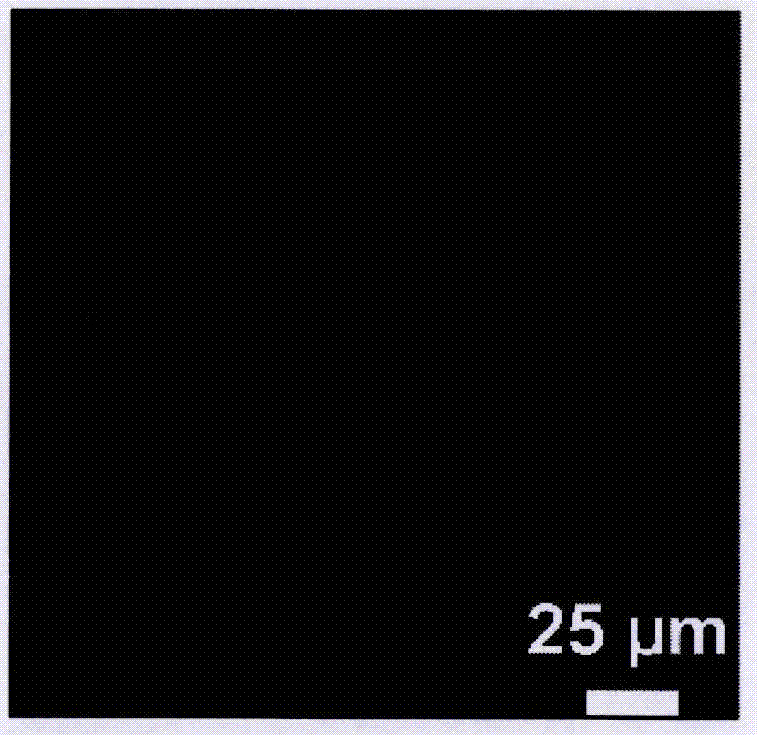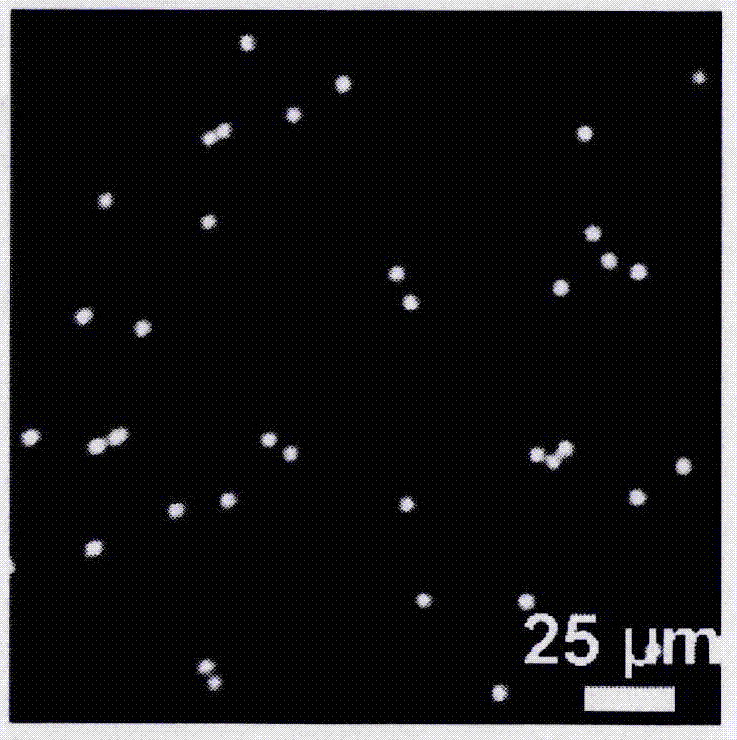Skull photon transparentizing treatment method and application thereof
A transparent processing and processing method technology, applied in the field of biomedical optical imaging, can solve the problems of skull turbidity, changing the physical and chemical properties of the cortex, and difficult surgical operations, so as to improve imaging contrast and signal-to-noise ratio, reduce internal tissue scattering, and enhance penetration. The effect of depth
- Summary
- Abstract
- Description
- Claims
- Application Information
AI Technical Summary
Problems solved by technology
Method used
Image
Examples
Embodiment 1
[0040] The biological tissue of the embodiment of the present invention is taken from the isolated skull of a C57 mouse, and the complete skull is processed by the skull light-transparency treatment method of Embodiment 1 of the present invention, which specifically includes the following steps:
[0041] First, the collagenase with a concentration of 2%-10% was added dropwise on the skull of the mouse, and spread evenly (1.5-2ml / cm 2 ), the treatment time was 5-7min; the mouse skull was cleaned with 80% dehydrated alcohol for 2-3min; 5min; finally, use cyanoacrylic acid film to separate the above reagents from water, put them under a water microscope for imaging, so as to improve the matching degree of refractive index.
[0042] The skull after the light-transparency treatment of Example 1 of the present invention is covered on the encapsulated fluorescent bead solution with a diameter of 1.9 μm, and the two-photon fluorescence microscope is used to observe and obtain the fluo...
Embodiment 2
[0045]The scalp of the transgenic Thy-1-YFP-H line mouse was cut open to expose a skull of about 1 cm × 1 cm square, and the above-mentioned skull was treated by the light-transparent treatment method of Example 2 of the present invention, which specifically included the following steps:
[0046] First, the disodium edetate with a concentration of 2%-10% was added dropwise to the skull of the mouse, and spread evenly (0.5-0.8ml / cm 2 ), the treatment time is 5-7min; then wash the mouse skull with water for 2-3min; then use sorbitol with a concentration of 60%-80% to spread evenly on the cleaned skull, and treat it for 3-5min; finally use cyanoacrylic acid The film separates the water and the light clearing agent, and puts it into the water mirror for imaging to improve the matching degree of the refractive index.
[0047] Figures 3a-3e Fluorescence contrast images of cortical dendrites and dendritic spines taken before and after the mouse skull is subjected to light-transpare...
Embodiment 3
[0049] The wild-type C57 mouse scalp was cut open to expose a skull of about 1 cm × 1 cm square, and the above-mentioned skull was treated by using the light-transparent treatment method of Example 3 of the present invention, which specifically included the following steps:
[0050] First, trypsin with a concentration of 2%-10% was dripped onto the skull of the mouse, and spread evenly (0.5-0.8ml / cm 2 ), the treatment time is 5-7min; then the skull is cleaned with 90% absolute ethanol for 2-3min; then sucrose with a concentration of 60%-80% is applied evenly on the cleaned skull, and treated for 3-5min; Finally, a cyanoacrylic film is used to separate the water and the light clearing agent, and the image is imaged under a water mirror to improve the matching degree of the refractive index.
[0051] Figure 4a-4b Contrast images of cortical blood vessels taken before and after the mouse skull is subjected to the light-transparency treatment of Example 3 of the present inventio...
PUM
 Login to View More
Login to View More Abstract
Description
Claims
Application Information
 Login to View More
Login to View More - Generate Ideas
- Intellectual Property
- Life Sciences
- Materials
- Tech Scout
- Unparalleled Data Quality
- Higher Quality Content
- 60% Fewer Hallucinations
Browse by: Latest US Patents, China's latest patents, Technical Efficacy Thesaurus, Application Domain, Technology Topic, Popular Technical Reports.
© 2025 PatSnap. All rights reserved.Legal|Privacy policy|Modern Slavery Act Transparency Statement|Sitemap|About US| Contact US: help@patsnap.com



